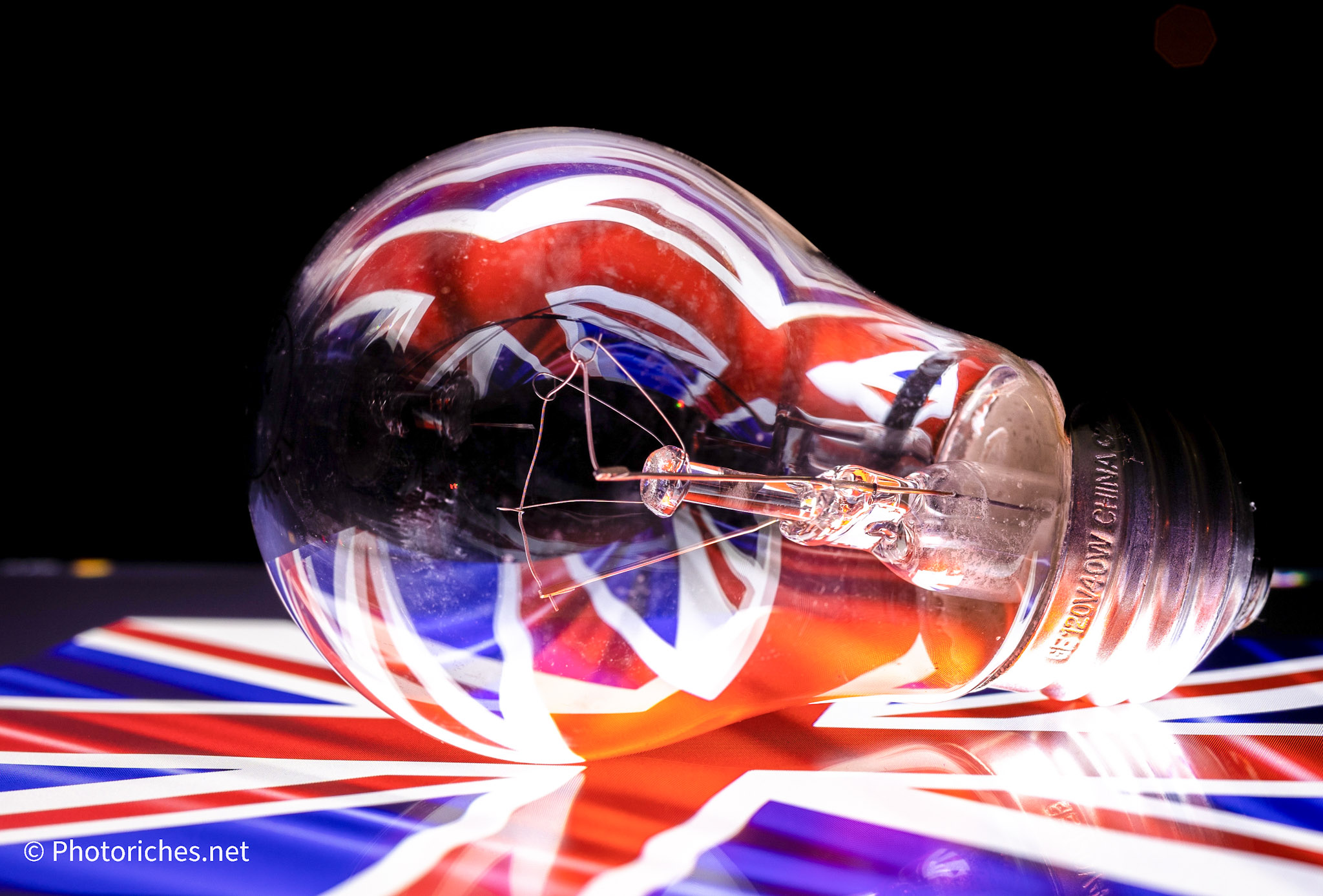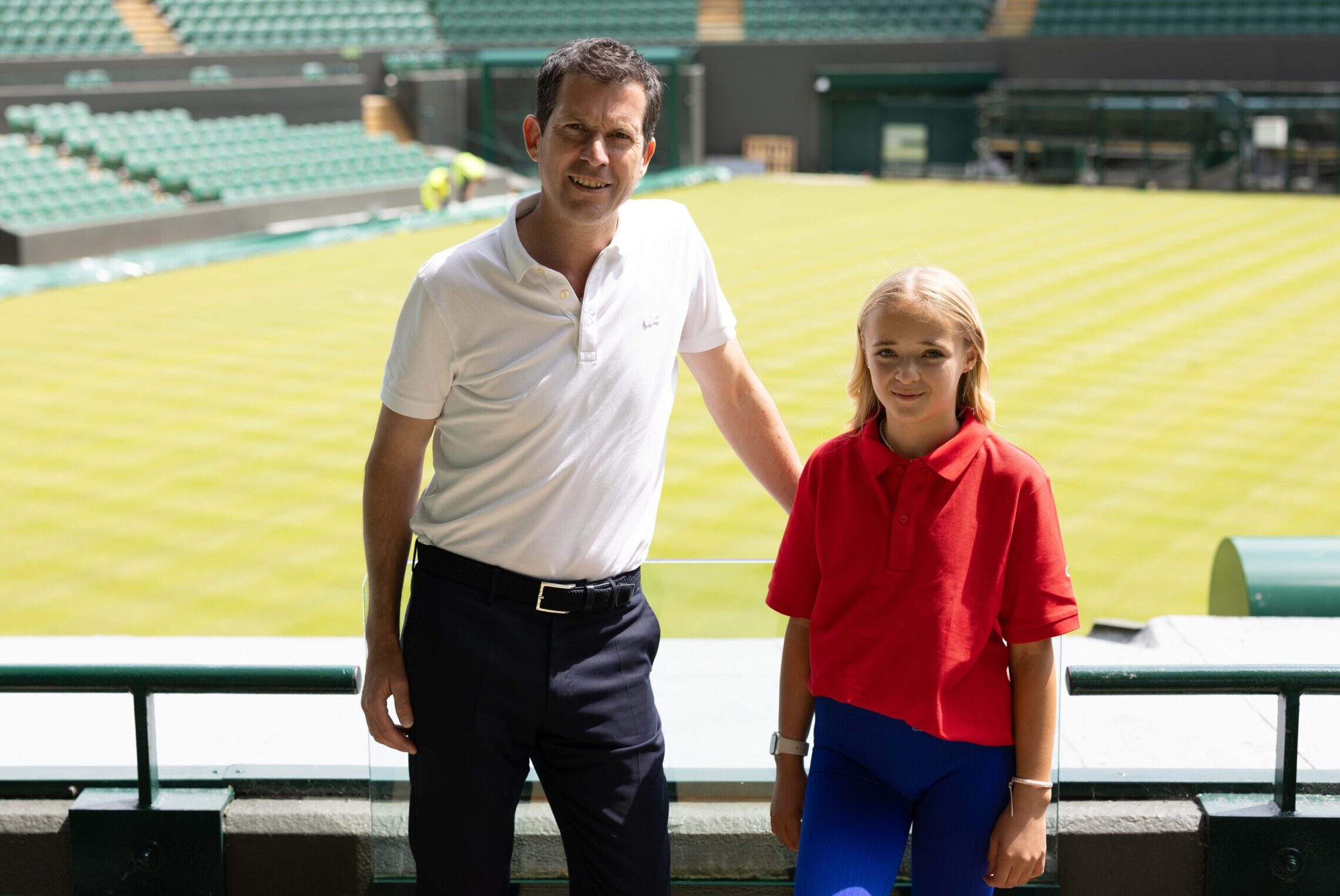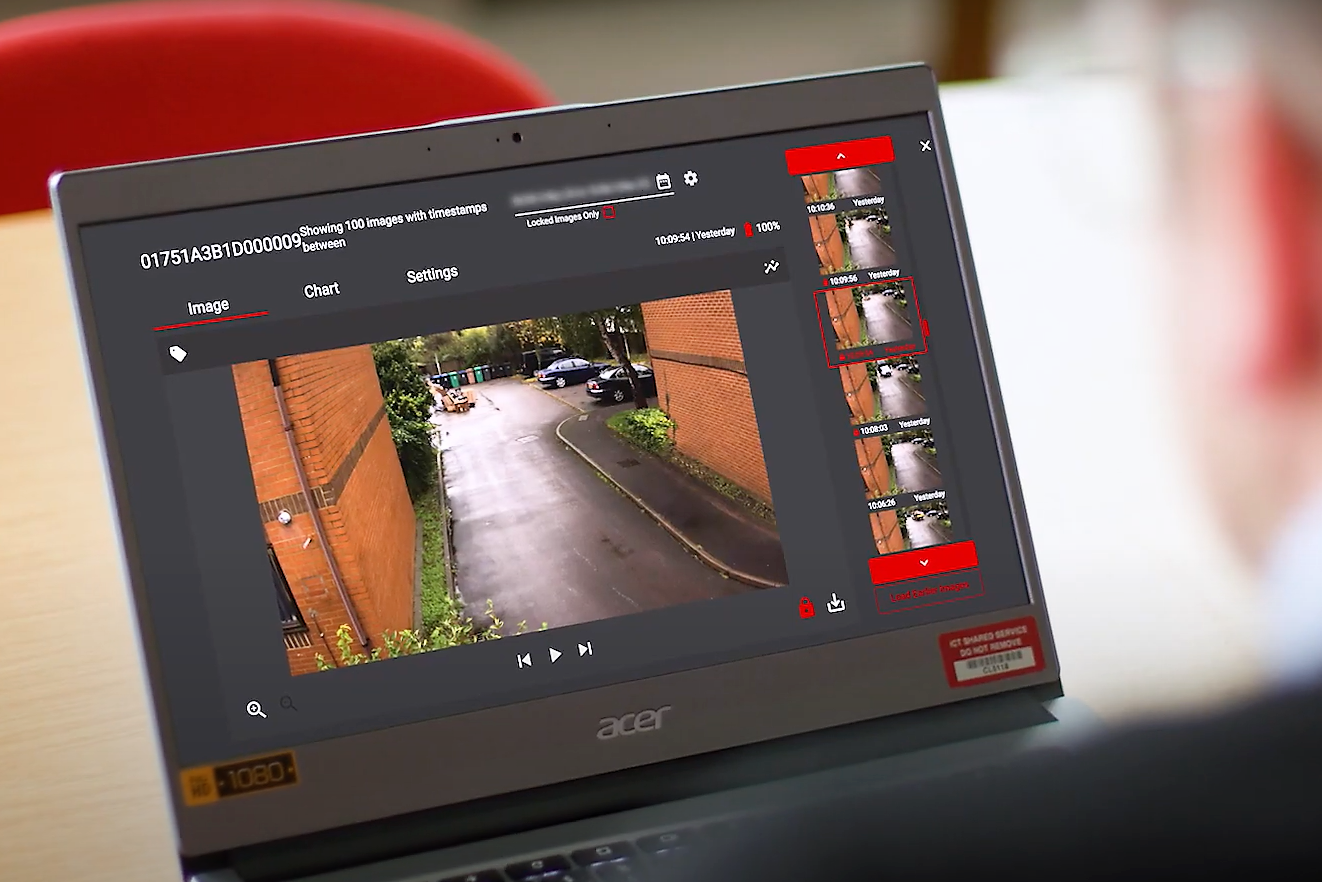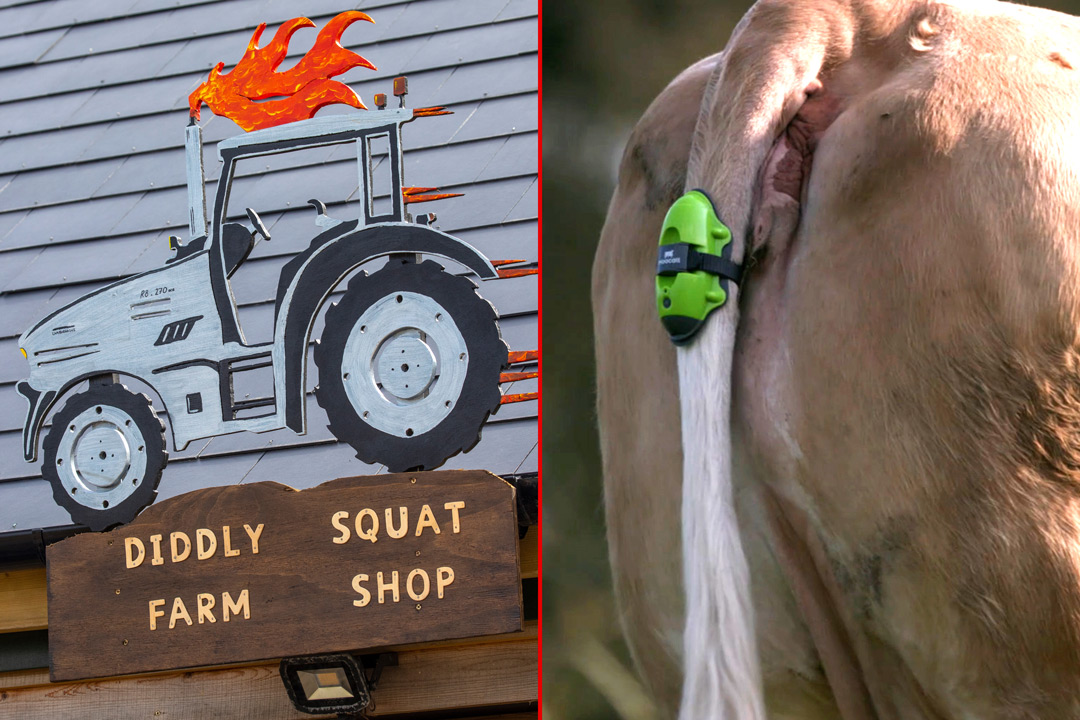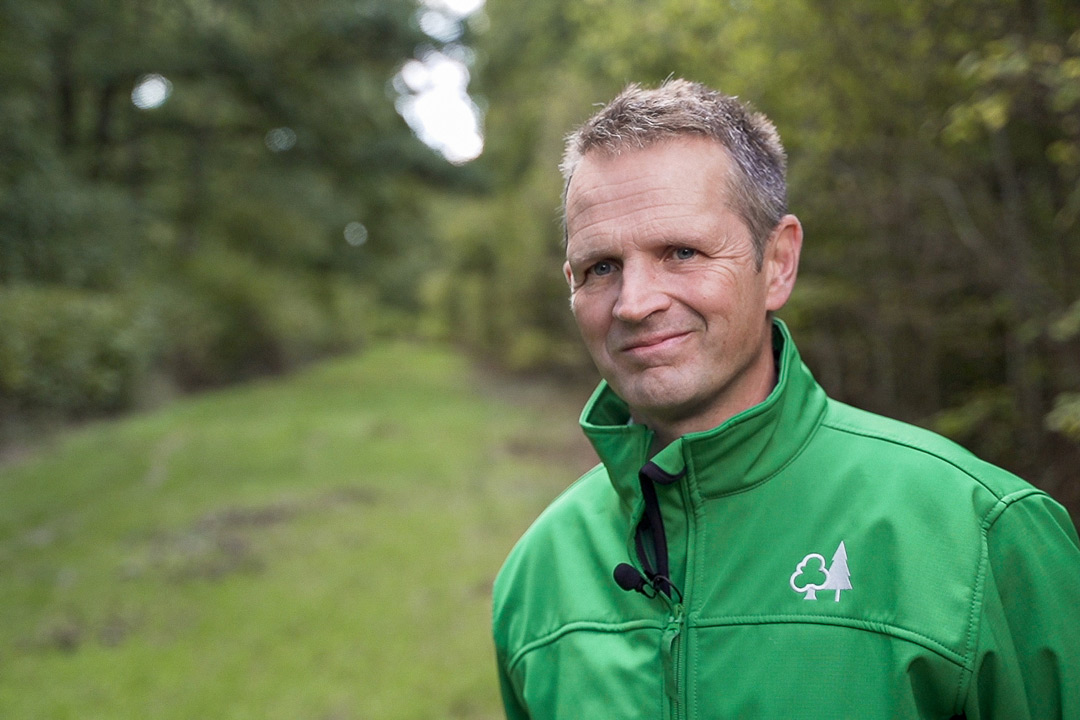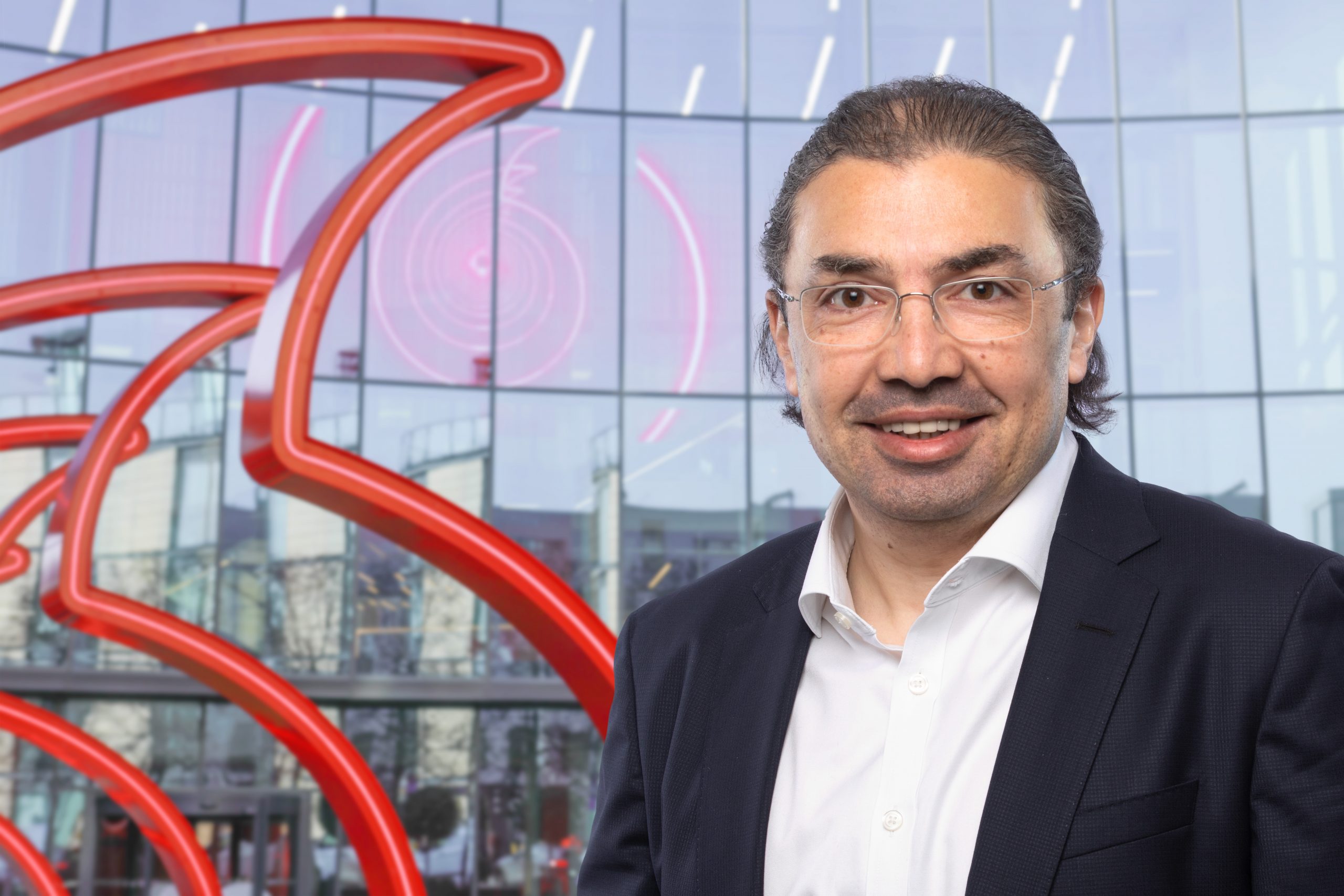
The Internet of Things may sound like buzzword bingo, but this low-key yet wide-ranging technology is already changing our lives in many ways.
So what is the Internet of Things?
The Internet of Things – IoT for short – is a way of connecting unattended, usually low-power devices and sensors to the internet.
Desktop PCs, laptops, smartphones, tablets and smart TVs are almost always actively used by a person whenever they’re connected to the internet. In contrast, IoT devices just get on with the job by themselves. That’s the idea behind the name – ‘things’ being connected to the internet, rather than people.
What do these connected sensors do?
They collect all sorts of data, from wind speeds to lighting levels, temperature to air quality – even the location of your pet.
A smart home kit is a classic example of IoT. Smart thermostats and security cameras need an internet connection for most of their features to work, whether it’s automatically adjusting your heating in response to the outside temperature or storing recorded footage of your driveway.
But they can do all this by themselves using cloud services, without the need for you or anyone else in your household to press a button.
What else can IoT do?
IoT can do lots of things, inside the home and out. For example, sensors are monitoring erosion on the Dorset coast; keeping tabs on water pipes for leaks; and measuring the impact of climate change on forests.
All of these devices will rarely, if ever, be actively used by a person. Instead, they do their jobs automatically, collecting and sending data which can be analysed centrally, often in real time.
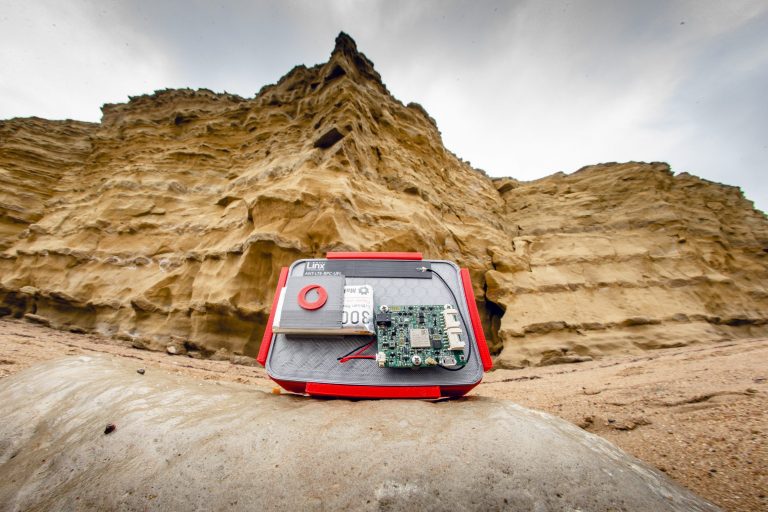
How do these IoT devices actually connect to the internet?
While smart home kit and other domestic IoT connect to the internet through your WiFi router, IoT sensors and devices in places like the great outdoors – and some workplaces such as factories and farms – will need to use 2G, 4G and 5G mobile networks due to their location.
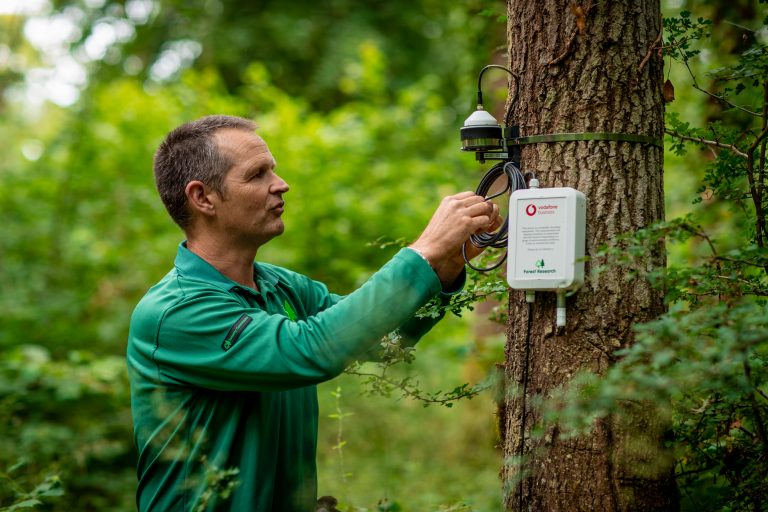
Credits: Tom Dymond
In some especially far-flung places, they’ll use Narrowband IoT (NB-IoT) connections instead. NB-IoT connections can have exceedingly long range, but only carry small amounts of data. While of little use for doorbell cameras, this can be ideal for IoT devices such as the sensors used by Defra and Forest Research to collect readings about trees in remote forests.
NB-IoT connections can also be very power-efficient, helping conserve battery life – essential for sensors meant to be left unattended in remote locations for long periods of time.
OK, but why all the hype about IoT?
At their best, internet-connected sensors are especially good at two things – automating tedious, fiddly tasks and collecting really useful data we haven’t had access to before. The former is obviously convenient, such as cutting down on costly, time-consuming trips to remote locations to collect logged sensor data.
The latter gives us data that we can turn into insights that helps us make better decisions in all sorts of areas. For example, rugby coaches can use IoT sensors on their players during training sessions to help up everyone’s game and ensure their health and fitness.
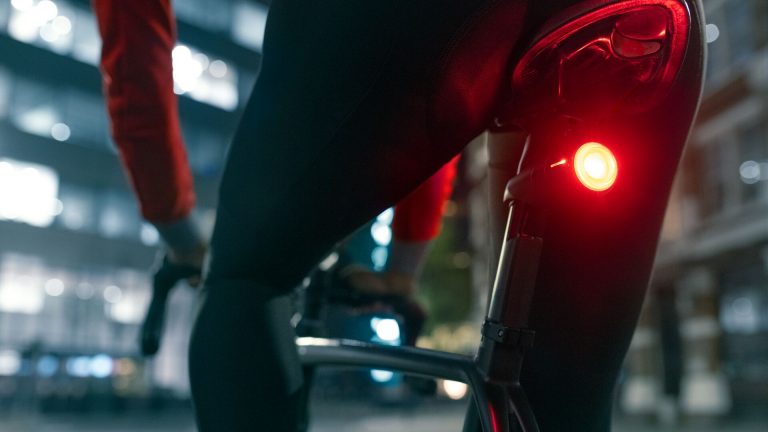
Companies can use IoT to help them cut their carbon emissions – using motion sensors so that lights only switch on when someone is in a room, for example, or temperature sensors to heat buildings more efficiently.
Sensors in cars and other machines measure wear and tear and engine performance so you can predict when maintenance will be needed and help them run at maximum efficiency – this helps cut costs and carbon emissions.
What’s the future for IoT?
The wonderful thing about IoT is that the sky truly is the limit, from tracking wayward pets to helping people with learning disabilities live independent lives.
And the really exciting part is that we haven’t even imagined some of the things IoT will be doing for us in the future. But the more we understand about our world, the better the decisions we can make about how to look after it properly. IoT is helping us do just that.
Stay up-to-date with the very latest news from Vodafone by following us on Twitter and signing up for News Centre website notifications.
![Falling Dripping Water Drop[Adobe Stock] Falling Dripping Water Drop[Adobe Stock]](https://www.vodafone.co.uk/newscentre/app/uploads/2024/04/Falling-Dripping-Water-DropAdobe-Stock.jpg)

![Light bulb with Sterling Pound symbol on wooden table [Adobe Stock] stock illustration of a light bulb, with a Sterling Pound symbol as its filament, sitting on a wooden table](https://www.vodafone.co.uk/newscentre/app/uploads/2024/01/Light-bulb-with-Sterling-Pound-symbol-on-wooden-table-Adobe-Stock.jpg)
